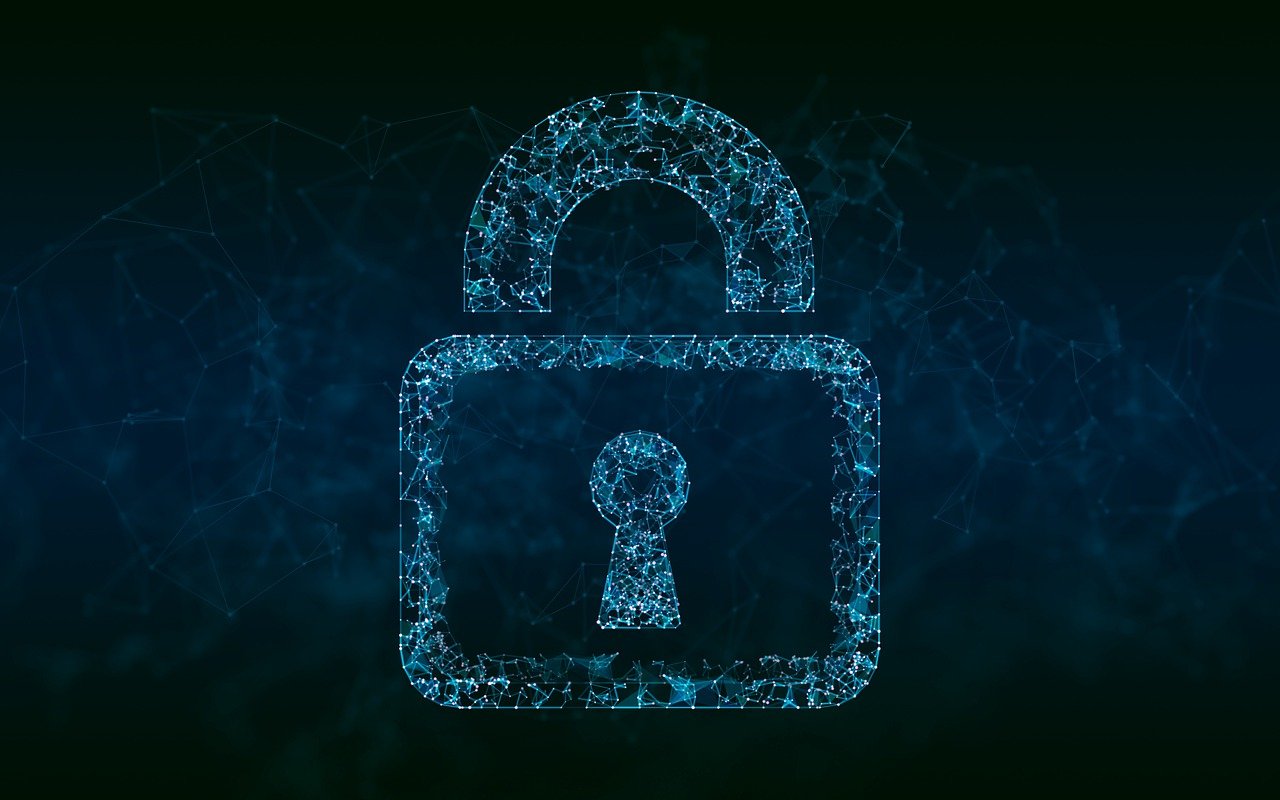· 1 min read
What is Liveness Detection | Definition and Meaning

Liveness detection is a technology that verifies a person’s identity by detecting whether the person is a real, live person or an impostor using a photo, video, or audio recording. It is used to prevent fraud, identity theft, and other malicious activities. In many cases, liveness detection is used to authenticate a person’s identity for access to a secure system or application. Liveness detection solutions may use biometrics such as facial recognition, voice recognition, or speech recognition, to validate the identity of a user.

